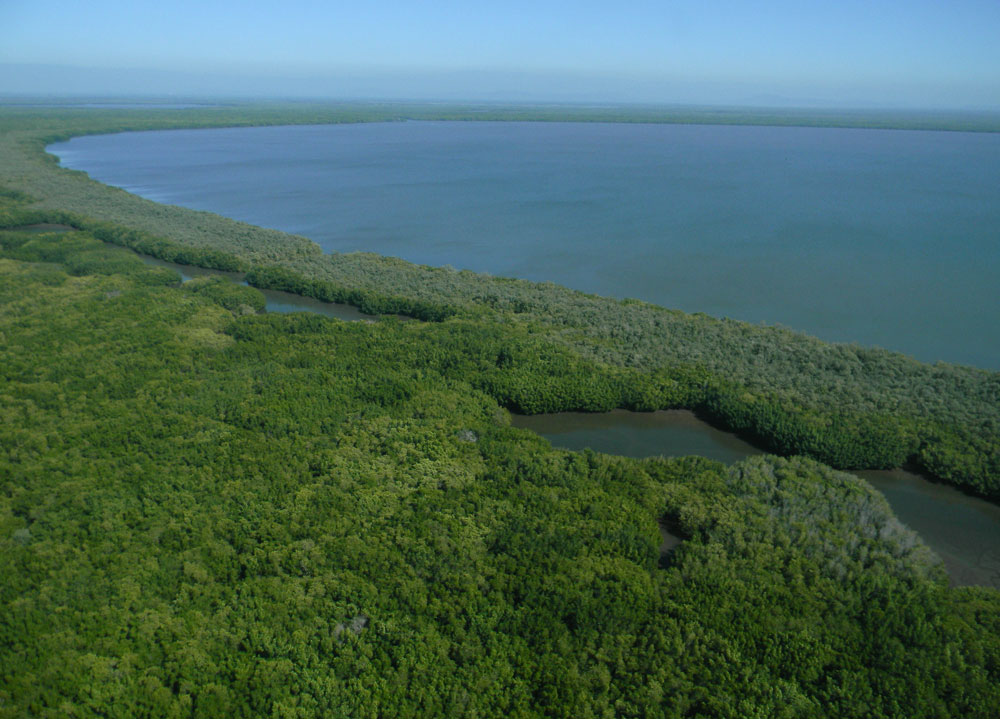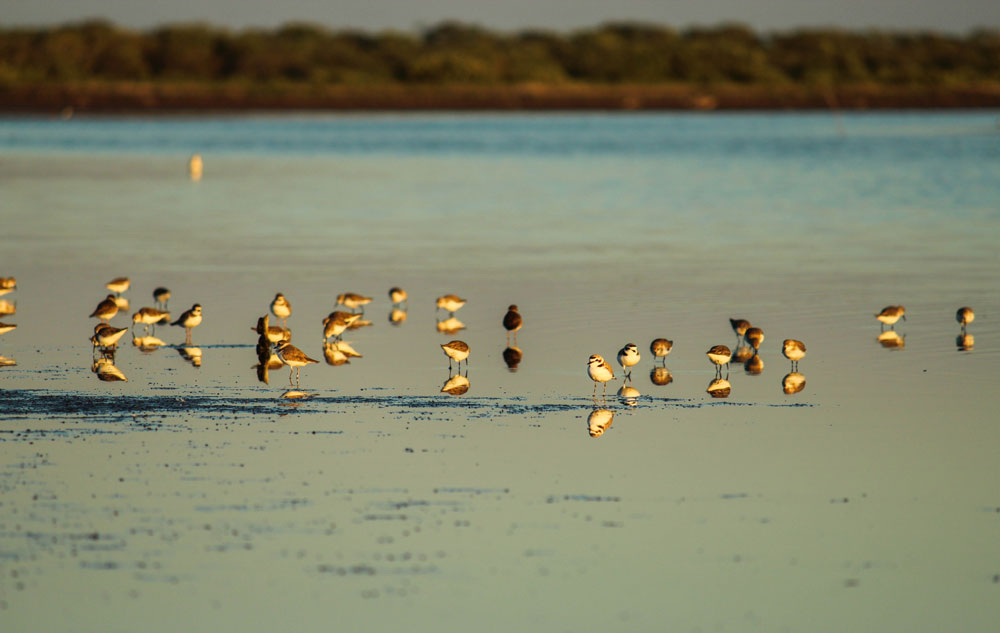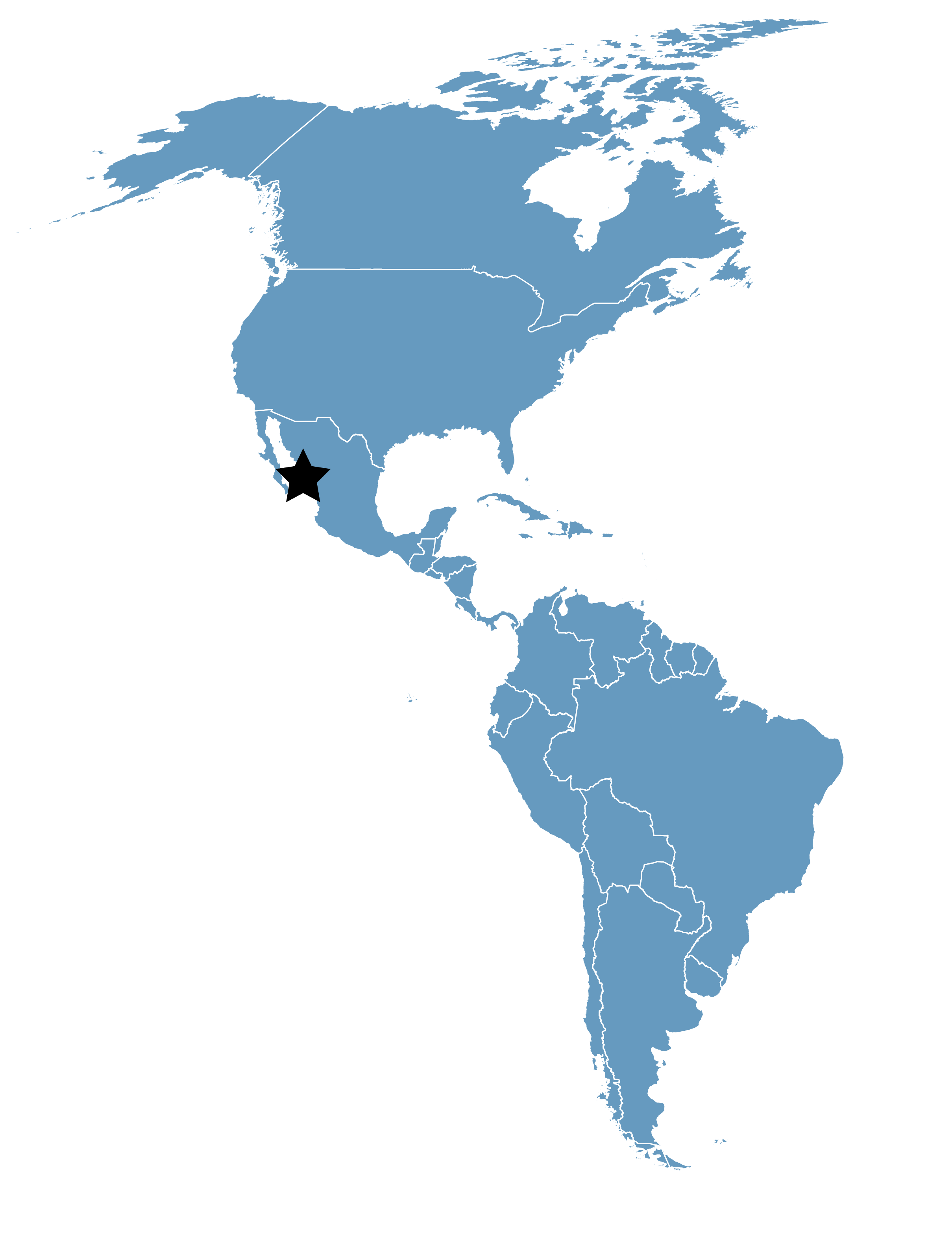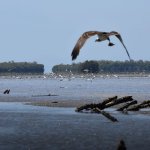Marismas Nacionales
Location
Nayarit and Sinaloa, Mexico
Category
International
Basis for Designation
Supports more than 200,000 shorebirds annually, representing 38 species.
Size
220,000 hectares (543,631 acres)
Date Designated
December 1992
Site Owner
The site is administered by the Federal Government, who gives concessions for the site’s use. Stewards of Marismas Nacionales in Sinaloa include the Ejidos of Escuinapa, Las Cabras, Rosario, El Caimanero y Teacapan; in Nayarit, the Ejidos of el Novillero, Quimichis, Mexcaltitán, Palmar de Cuautla, Santiago Ixcuintla, Sentispac, Santa Cruz, Francisco Villa, Pescadero, Pimientillo, Pericos, Tuxpan, San Vicente, Chacalilla and San Blas.
Site Partners
Autonomous University of Nayarit
National Autonomous University of México
Secretariat of the Environment and Natural Resources (SEMARNAT)
National Natural Protected Areas Comission (CONANP)
National Water Commission (CONAGUA)
National Forestry Commission (CONAFOR)
National Institute of Ecology (INE)
National Commission on Biodiversity (CONABIO)
SAGARPA
SEMANAY
Pronatura
Conservation International
Silviculture Association of Marismas Nacionales-Forest Management Unit 1
Marismas Nacionales Regional Alliance for the Conservation of Birds and their Habitats
Overview
Marismas Nacionales is located in the north-western Pacific coast of Mexico and contains a large complex of brine coastal lagoons, mangroves, muddy bogs or swamps, and ravines. It encompasses the regions known as Las Cabras, Teacapán, Agua Brava, Marismas Nacionales and San Blas. The Marismas are fed by seven rivers and alternate streams such as the Baluarte, Cañas, Acaponeta, San Pedro, Bejuco, Santiago and San Blas or Sauta rivers. The area spans the south coast of Sinaloaand the north coast of Nayarit, and connects to the Pacific Ocean through the Bocas de Tecapán, Cuautla, El Colorado and the Santiago and San Pedro River deltas.
This region comprises 279,000 acres (113,000 hectares) of mangroves and estuaries (15-20% of the country’s total mangrove forests and the most extent of its type in the pacific coast), small patches of timber-yielding tropical forest (cedars, oaks, amapas, among others), non-timber-yielding forest (oil palm, coconut palm, and white, red, black and Chinese mangrove) and pastures.

Photo: Jonathan Vargas
Flora and Fauna
The area hosts 14 species of native flora that are at risk (endemic, threatened, and/or extinction risk). Additionally, it also hosts 99 endemic fauna species (including mammals, birds, reptile, and amphibians), and 73 species threatened or endangered of extinction.
The site holds a population of 446 avian species, 38 of them are shorebirds. Counts performed in 1994 recorded 206,000 individuals, with Recurvirostra americana being the more abundant with nearly 61,000 individuals. During more recent censuses, 46,234 individuals of this species have been recorded. The area is also breeding ground for Charadrius wilsonia, Charadrius nivosus, and Himantopus mexicanus.

Photo: Jonathan Vargas
Conservation Efforts
The Linking Communities, Wetlands and Migratory Birds project, led by Wetlands International and the SEMARNAT Federal Delegation in Nayarit, is an initiative that links three North American sites that are part of the Western Hemisphere Shorebird Reserve Network (WHSRN). The sites support migratory shorebird populations through their migration from Canada to Mexico, and include the Marismas Nacionales in Mexico, Great Salt Lake in Utah, and Chaplin and Quill lakes in Saskatchewan, Canada. The project links sites through Environmental Education, implementing the program “Shorebird Sister Schools” (Escuelas Hermanas para las Aves Playeras).
Additionally, this effort fosters conservation through the development of the Strategic Plan for Sustainable Development and the Regional Alliance, given that this area is one of the pilot sites for the NABCI Regional Alliances establishment. The Alliance is aimed at birds and habitat conservation, and community participation through tourism. Ecotourism will be an important support for the local communities and will ensure the long-term habitat conservation, as well as education for youngsters from the area regarding migrant birds. Currently, participating communities include San Blas, Pimientillo, Palma Grande, Murillos, and Mexcaltitán. As a part of these actions, the International Festival of the Migratory Birds was established. It is expected to contribute to the massive conservation of migratory birds’ habitat in the hemisphere, through activities that are compatible with improvement of local livelihoods and environment protection.









